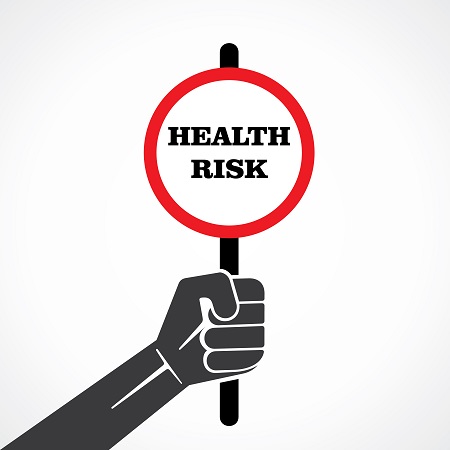Wall coatings have gotten much safer over the years. Arsenic-infused wallpaper was popular in the 1800s, but became less common by the 1900s. Lead paint was banned in the 1970s. Oil-based paints, which can lead to poisoning, are much less common than they were in decades past.
There are still some dangers associated with painting. Here are some things to avoid.

Toxic Paint Strippers: Paint strippers containing Methlyene Chloride and NMP can cause cancer. If used in a poorly ventilated room, breathing it can also be fatal – OSHA has a case study of this happening to a 30-year-old painter. As of June, Home Depot and Lowe’s have banned the sale of paints containing these toxic compounds, but if they’re still in your truck, it’s time to get rid of them.
Volatile Organic Compounds (VOCs): If you’ve been painting long, you’ve probably dealt with a customer who wanted the lowest VOC content possible in their paint. That can be a pain, because VOCs are what make paint stay liquid in the bucket and solid on the wall.
Still, there are reasons to avoid high-VOC paint. In high enough doses, it does cause cancer. It also causes headaches, dizziness and memory problems if you’re around it for too long. Finally, it’s not great for the environment – VOCs lead to ozone creation. Ozone is great when it’s in the ozone layer, but it causes smog when it’s at ground level.
The good news is that paint companies have been working hard for more than a decade to make low-VOC paints that perform well. Consumer Reports claims that early low-VOC paints weren’t durable, but every paint they now test is low or no-VOC, and many of them perform very well.
Repetitive Strain Injury
Painting can involve some uncomfortable positions, and many of them happen over and over again. Painting a ceiling while stabilizing a ladder is an example. This can lead to a repetitive strain injury (RSI) called ‘painter’s shoulder.’ Typists get carpal tunnel syndrome, but painters can get several types of RSIs, especially in their shoulders and elbows.
While it’s tempting to push yourself to finish a job faster, it’s not worth it in the long-term. To reduce RSI pain and long-term damage, it’s important to take stretch breaks and allow commonly used muscles to relax. It’s also important to maintain good posture – this keeps your muscles aligned properly and makes it less likely they’ll get compressed. Finally, if you do get an RSI, you may need trigger-point massage or a foam roller to get rid of muscle knots that form because you were in one position for too long.
To gain more painting jobs with your website, call ProPainter Websites at 855-385-1134 or email us at Team_PPW@ProPainterWebsites.com.
